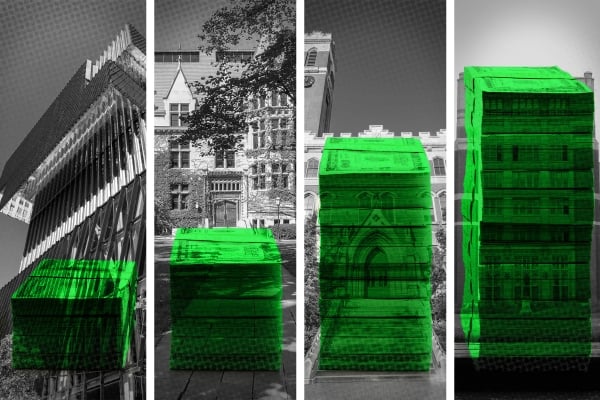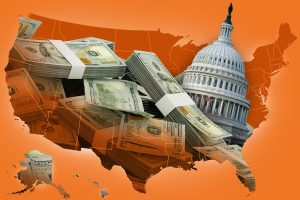As the cost of higher education continues to rise, many universities are inching closer and closer to the daunting $100,000 sticker price for a four-year degree. This unprecedented milestone in higher education costs is causing concern among students, parents, and policymakers alike.
The rising cost of a college education is nothing new, but the pace at which prices are increasing is alarming. According to the College Board, the average cost of tuition and fees at a public four-year institution for the 2020-2021 academic year was $10,560 for in-state students, and $27,020 for out-of-state students. At private non-profit four-year institutions, the average cost was $37,650. These figures do not include additional expenses such as room and board, textbooks, and personal expenses, which can add thousands of dollars to the total cost of attendance.
With prices already at such high levels, many wonder how universities could possibly justify charging $100,000 for a bachelor’s degree. The answer lies in a complex web of factors that have contributed to the ever-increasing cost of higher education. These include rising administrative costs, stagnant state funding, increased demand for amenities and services, and a lack of financial support for low-income students.
Administrative costs have been a major driver of tuition increases in recent years. Universities have been expanding their administrative staff at a faster rate than their academic staff, leading to bloated bureaucracies and higher costs. Additionally, many universities have invested heavily in expensive amenities such as state-of-the-art facilities, luxury dormitories, and gourmet dining options to attract students. While these amenities may enhance the college experience, they also come with a hefty price tag that is ultimately passed on to students.
State funding for higher education has also been on the decline in recent years, forcing universities to rely more heavily on tuition revenue to fund their operations. This lack of state support has put added pressure on students and families to shoulder the burden of rising costs.
Another contributing factor to the rising cost of college is the lack of financial aid available to low-income students. While financial aid programs such as Pell Grants and scholarships can help alleviate some of the burden, many students still struggle to afford the high cost of tuition. This has led to an increase in student loan debt, with many graduates facing years of repayment and financial hardship.
As universities continue to push the boundaries of what students and families can afford, the $100,000 sticker price for a bachelor’s degree may soon become a reality for many institutions. While some argue that a college education is invaluable and worth the high cost, others worry that rising prices will only serve to widen existing economic disparities and limit access to higher education for low-income students.
In order to address the growing affordability crisis in higher education, policymakers and university leaders must work together to find sustainable solutions that balance the need for quality education with the need for affordability. This may involve reevaluating how universities allocate their resources, increasing state funding for higher education, and expanding financial aid programs to support low-income students.
Ultimately, the $100,000 sticker price for a bachelor’s degree serves as a stark reminder of the challenges facing higher education today. As costs continue to rise, it is essential that we take action to ensure that all students have access to a quality education, regardless of their financial circumstances. Only by working together can we create a more equitable and affordable higher education system for all.



